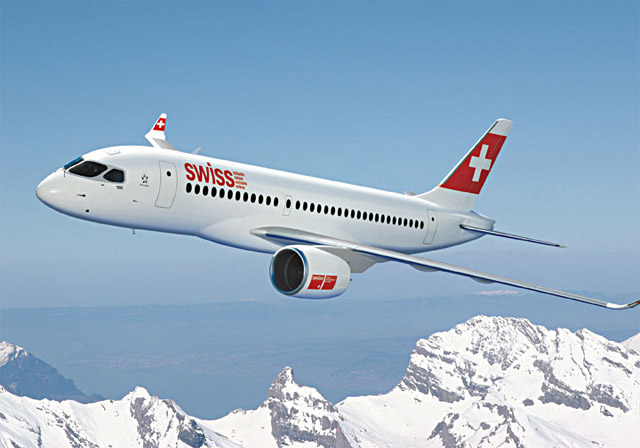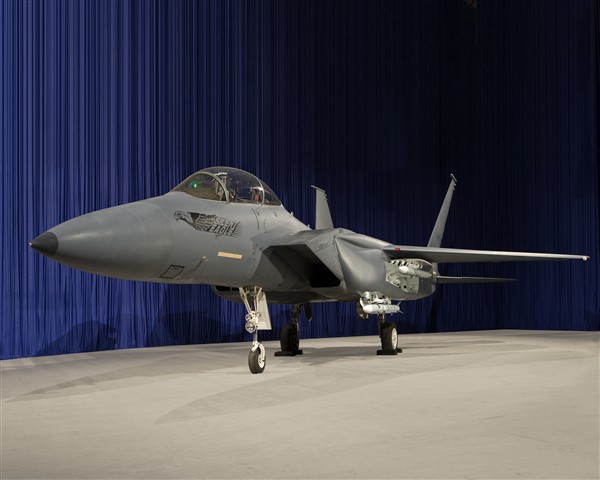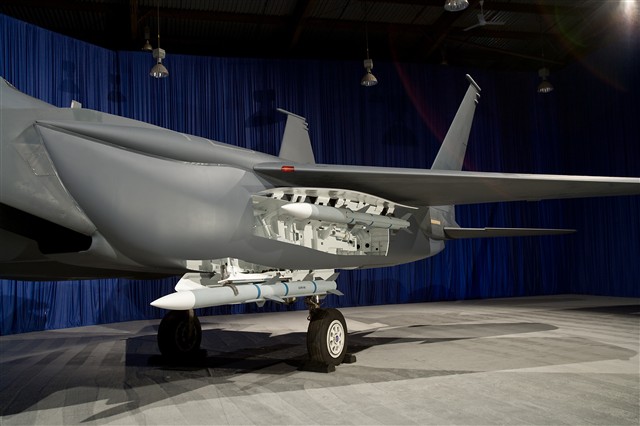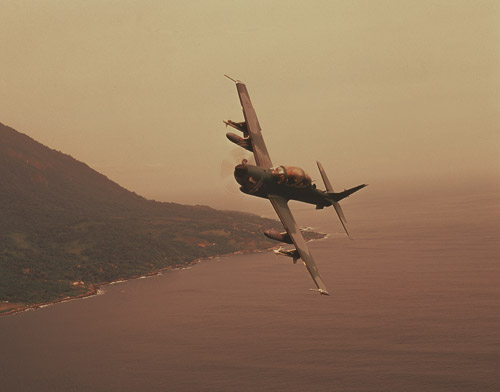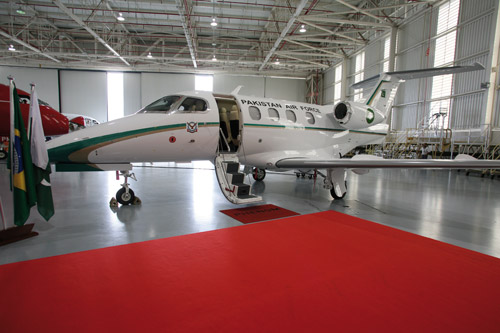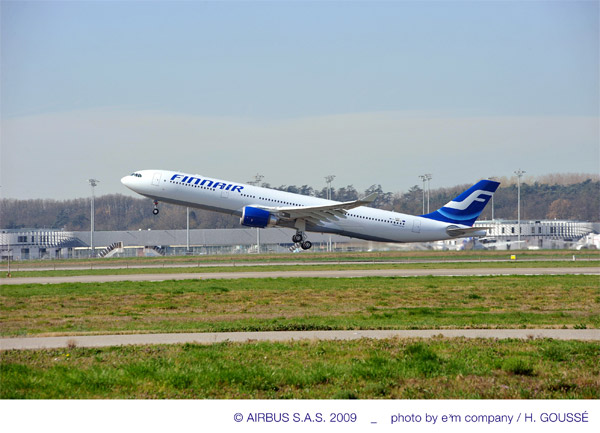 History
HistoryOrigins: 1985–1992
During the mid-1980s, Gulf Air began to cut back its services to Dubai as it was concerned it was providing regional feeder flights for other carriers.[20] As a result Emirates was conceived in March 1985 with backing from Dubai's royal family, and was required to operate independent of government subsidies, apart from US$10 million in start-up capital. Emirates leased a new Boeing 737-300, as well as an Airbus 300B4-200,[21] both from Pakistan International Airlines which were returned in 1987.[22] The Royal Family's Dubai Royal Air Wing also provided the airline two used Boeing 727-200/Advs.[23] The airline's first flight, flight EK600, was Dubai–Karachi on 25 October 1985.[23][24] Flights to Bombay (now Mumbai) and New Delhi were launched by the year's end.
Maurice Flanagan, who previously worked at British Airways, Gulf Air, and BOAC and at the time was overseeing Dnata, was appointed chief executive officer of the new airline.[20] To honour his services for aviation, in 2000, Flanagan was made CBE in the Queen's Birthday Honour List. He would be joined at the airline by Sheikh Ahmed bin Saeed Al Maktoum (as chairman) and now-Emirates president Tim Clark. Current chairman Sheikh Ahmed bin Saeed Al Maktoum has since inherited the role of CEO, as Sir Maurice Flanagan became the carrier's executive vice-chairman.
Emirates became profitable within its first nine months.[25] During its first year, it carried about 260,000 passengers and 10,000 tons of freight.[25] To highlight the airline's early sucess, Gulf Air, during Emirates' first year of operations, suffered a 30% drop in profits, and a loss the following year.[25] By 1986, the airline was adding new destinations such as Colombo, Dhaka, Amman and Cairo to its route network.[23] On 3 July, Emirates received its first bought aircraft, an Airbus A310 (registration A6-EKA),[23] and with two examples, launched daily non-stop services to London Gatwick on 6 July 1987. The airline in 1987 added Frankfurt via Istanbul, and Malé (Maldive).[25] This was followed by an expansion into the Far East market in 1989, with flights to Bangkok, Manila and Singapore,[23] and Hong Kong in 1991.[25] During the first decade of operations, Emirates recorded strong growths averaging 30%.[20] This was despite the lack of a regional network, as its main competitor Gulf Air dominated traffic in the region.
Incorporation and growth: 1983–1999
By the early 1990s, Emirates was among the world's fastest growing airlines; revenue increased approximately US$100 million each year, approaching US$500 million in the year 1993. The airline and its cargo division, Emirates SkyCargo, carried 1.6 million passengers and 68,000 tons of cargo and in the same year, respectively.[25] With the advent of the Gulf War, business increased for Emirates as the war kept other airlines out of the area; it was the only airline to continue flying in the last ten days of the war.[25] Following the conflicts, a total of 92 air carriers were flying to markets internationally and Emirates faced intense competition at its home base. It carried about three million passengers a year to Dubai International Airport in the mid-1990s. Emirates continued to expand during the late 1990s. The growing cargo business accounted for 16 percent of the airline's total revenues.
Emirates started offering round-the-world services from autumn 1993, after a partnership was established with US Airways.[25] It previously had co-operation agreements with Cyprus Airways.[25] By 1994, with its 15 aircraft, the airline was connecting 32 destinations. At this time Emirates was the sixth largest airline in the Middle East. To highlight the carrier's rapid growth, in the financial year ending 30 March 1994, Emirates received revenues of US$643.4 million. The airline's workforce was approximately 4,000 people, carrying two million passengers a year to 34 destinations using a fleet of 18 Airbus aircraft. An order for seven new Boeing 777s, worth over US$1 billion, were placed in 1992, which started to arrive in the spring of 1996. One of the planes was used on a new service to Melbourne via Singapore. Emirates placed a large order with Airbus later the same year. In spite of the large capital expenditures, the Dubai government had laid out only US$50 million since the airline's inception.
In May 1998, Emirates paid the Government of Sri Lanka US$70 million for a 43.6% stake in SriLankan Airlines (then known as Air Lanka).[27] As part of the deal, Emirates received a 10-year contract to manage SriLankan.[28] In January 2008, Emirates announced that it would end the management contract, effective April 2008.[28][29] Emirates subsequently sold its stake in the airline to the Government of Sri Lanka, in an estimated US$150 million[27] deal that was finalised in 2010, thus ending any affiliation the two airlines had with each other.
Modern history: 2000–present
Towards the end of the year 2000, Emirates was planning to start ultra-long-haul service to the East Coast and West Coast of the United States, as well as non-stop flights to Australia and Argentina. Traffic continued to grow at a rate of 20% during 1999–2000[citation needed]. In 2001, in a survey of 2.7 million airline passengers by research consultancy firm Skytrax, Emirates was voted Airline of the Year, a prestigious award which it again won the following year.[31] During 2002, Emirates passenger figures increased 18% to over 6.8 million against the previous year.
At the 2003 Paris Air Show, Emirates signed the largest order for 71 aircraft at a cost of US$19 billion. The order included firm purchase orders for a further 21 Airbus 380-800s and lease orders for two A380-800s. Emirates also announced operating lease orders for 26 Boeing 777-300ERs – 14 from GE Capital Aviation Services and 12 from the International Lease Finance Corporation (ILFC).[33] In the same year Emirates began flying directly to Sydney using three new Airbus A340-500s.
In 2004, Emirates began flying non-stop to New York's John F. Kennedy International Airport using their new Airbus A340-500. These flights marked new non-stop air services between the United Arab Emirates and the USA, after Delta Air Lines's flights since 2001, terminated later[34][35] and restarted again in 2007. In the same year, Emirates signed a £100 million deal with English Premiership side Arsenal, which includes naming rights to its new stadium for 15 years and shirt sponsorship for eight years, starting from the 2006/07 season. In 2005, Emirates ordered 42 Boeing 777s in a deal worth $9.7 billion, the largest Boeing 777 order in history.[36] A year later, Emirates SkyCargo signed a $2.8 billion order for 10 Boeing 747-8Fs.
Emirates has been steadily capturing the traffic from South Asia to North America, allowing passengers to bypass the traditional hubs of London Heathrow, Frankfurt, and Paris-Charles de Gaulle Airport; the home bases of British Airways, Lufthansa, and Air France, respectively, with a transit stop at Dubai International Airport instead. South Asia has remained an important region for the Emirates network. Pakistan was the first country to receive flights from the airline and it still does to this day.[37] India was the second country to receive flights from Emirates, and continues to expand an extensive network in India. Emirates is the largest airline operating internationally in India and operates over 185 flights a week across 10 cities.[38] Similarly, Emirates competes with British Airways, Cathay Pacific, Malaysia Airlines, Qantas, Singapore Airlines, Thai Airways International, Middle Eastern rivals Etihad Airways and Qatar Airways, and other airlines on the lucrative London to Sydney Kangaroo Route.[39]
In 2007, Emirates made a huge order worth over $34.9 billion, at the Dubai Air Show. The airline signed contracts for 120 Airbus A350s, 11 A380s and 12 Boeing 777-330ERs.[40] In the same year, Emirates began flights to São Paulo representing the first non-stop flight between the Middle East and South America[41] and also began operations of its $120 million Flight Catering Centre at Dubai Airport.[42]
Emirates introduced an in-flight mobile phone service in 2008, becoming the first international carrier to do so.[43] Also in the same year, Emirates took delivery of there first A380, and flew its first flight to New York.[44]
In 2009, Emirates became the world’s largest operator of the Boeing 777 with the delivery of the 78th plane.[45] In 2010, at the Farnborough Airshow, the airline placed an order for 30 Boeing 777s, worth $9.1 billion, bringing total spending for aircraft in the year to over $25 billion.
